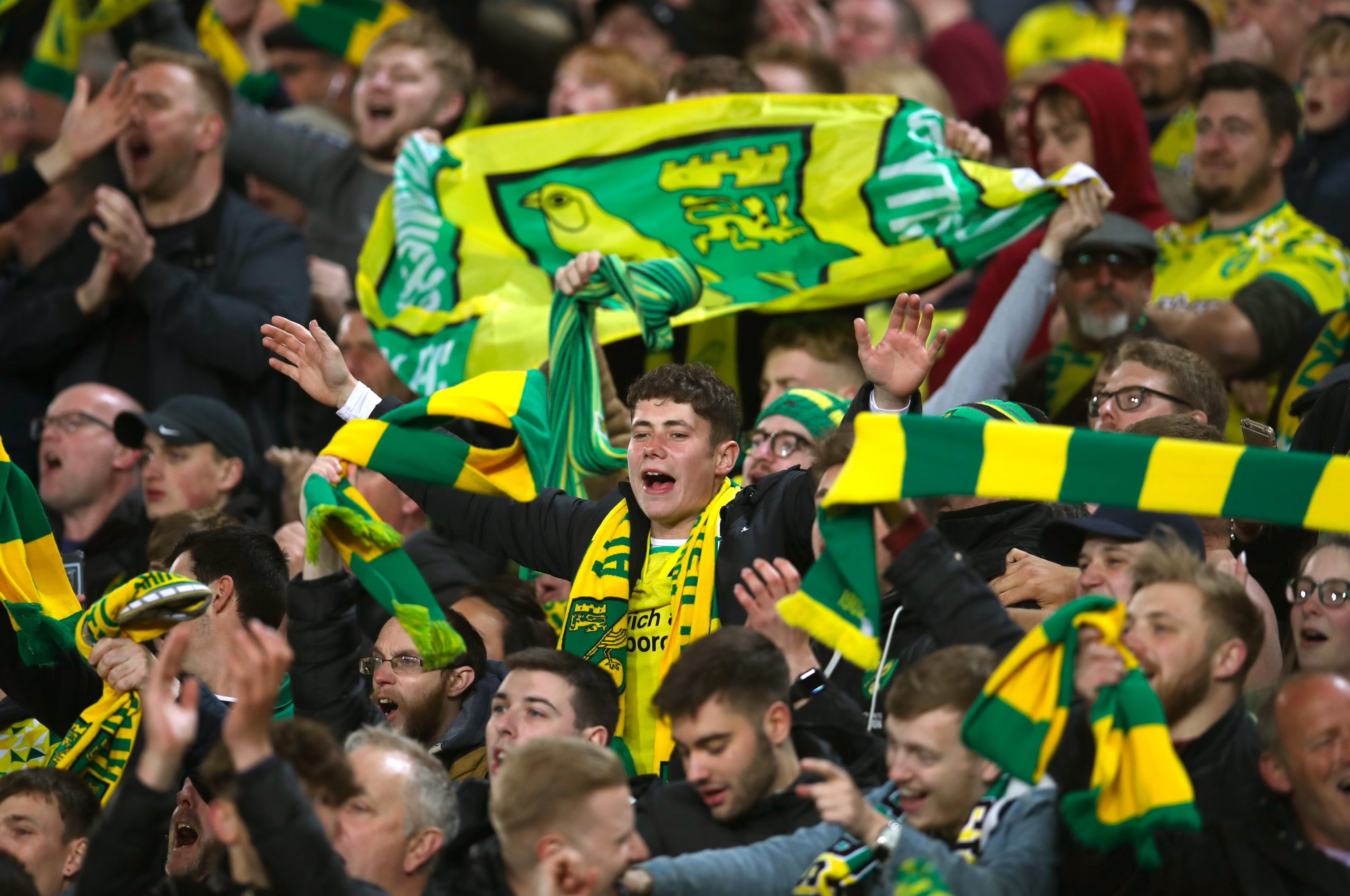Two years after initiating a substantial squad and institutional reset, Norwich are back in the Premier League after wrapping up automatic promotion with a with a 2-1 victory at home to Blackburn Rovers on Saturday. They will be champions of the Championship if they take a point from their trip to Aston Villa on the final weekend.
Norwich are probably even a little ahead of where they expected to be at this stage. Two summers ago, new sporting director Stuart Webber came in and trimmed their wage bill, released older players and brought in a series of lower-budget replacements, primarily from Germany. In his previous position at Huddersfield, Webster had hired Borussia Dortmund’s then-reserve team coach David Wagner to successfully oversee a promotion push; at Norwich, he repeated the trick by signing Daniel Farke, Wagner’s replacement at Dortmund.
Initial results were mixed at best. Norwich finished the 2017-18 season in 14th, a full 15 points off the playoff places. They then sold two of their key attacking contributors in James Maddison -- both their top scorer and top assist provider -- and Josh Murphy during the off-season. But they again bought smartly last summer, the squad started to fully assimilate Farke’s ideas, and after a slow start, they began to emerge as prime promotion candidates playing an attractive brand of attacking, possession-based football.
A quick glance at the league table will tell you that it is Norwich’s attack that has been the driving force behind their campaign. They are the division’s highest scorers, having averaged over two goals per match. Their underlying numbers aren’t quite as spectacular, but they still top the league with an average of 1.47 xG per match.
That is achieved with a good mix of solid shot volume (14.77 per match, third in the league) and quality (0.10xG/shot, again third in the league). The latter is accomplished in two ways. First, the team quickly converts turnovers of possession into shooting opportunities. Norwich rank inside the top four in the league for both counter-attacking shots and high-press shots. In their 3-1 win away to Leeds in early February, all three of their goals came after they had won the ball back in the attacking third. Second, the Canaries are very methodical in their manner of progressing the ball forward and fashioning shooting opportunities from moves that start in their own territory. Their central defenders are generally comfortable stepping forward with the ball at their feet, and the movement in the attacking midfield line helps manipulate opposition defences to work space between the lines.
Here is an example from their 3-3 draw with Nottingham Forest on Boxing Day. As is commonplace with Norwich, the three players behind the main striker in their habitual 4-2-3-1 formation have all come narrow. As central defender Timm Klose strides forward, left-winger Todd Cantwell drops back to draw an opponent as right-winger Emiliano Buendía dashes into the gap behind him. A little moment of pause from Klose helps open up the angle for the pass.
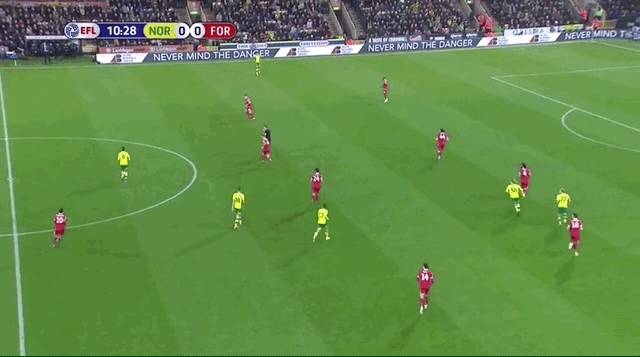
That kind of neat passing and movement is a regular feature of Norwich’s play, particularly once they get into opposition territory. Their primary route there is Marco Stiepermann, a tall and skilful attacking midfielder who acts as somewhat of a budget Franco Vázquez. He is the primary back-to-goal reference point for those looking for a forward option.
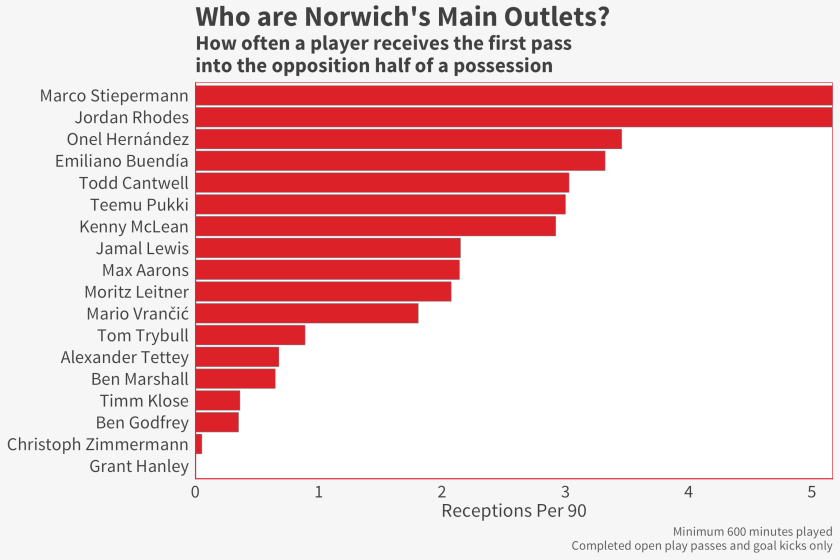
The other two players in that attacking midfield line, usually Buendía and Onel Hernández adjust their positioning in line with that of Stiepermann to create onward options. Hernández is a decent if slightly wasteful player, who carries the ball competently and provides a solid attacking contribution; Buendía has been one of the standouts of Norwich’s season. Technically gifted, with wonderful close control, he ranks second on the team in terms of xG contribution (xG + xG assisted) per 90 but also leads the way in terms of defensive pressures.
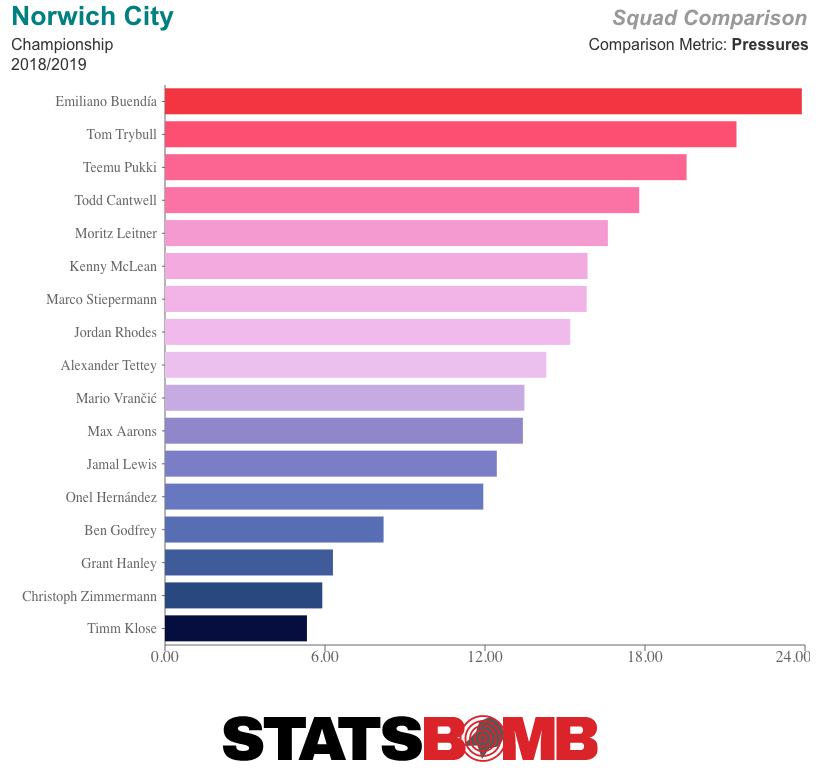
Indeed, Buendía is the only player in the Championship and one of only 15 (with more than 1000 minutes of action) across the big five European leagues, League One, the Scottish Premiership and Dutch Eredivisie this season to have combined at least 0.20xG per 90, 0.20xG assisted per 90 and over 20 pressures per 90. Picked up from Getafe for just £1.5 million last summer, the 22-year-old will be one to watch in the top flight next season.
When chances are created, the man usually on the end of them is striker Teemu Pukki. He gets through a good amount of running, but doesn’t have much involvement in build-up play -- he is one of only three players in the Championship this season to have taken a shot with more than 6% of their total touches. His job is simply to get himself in prime central positions and finish well -- a mandate he is very much meeting.
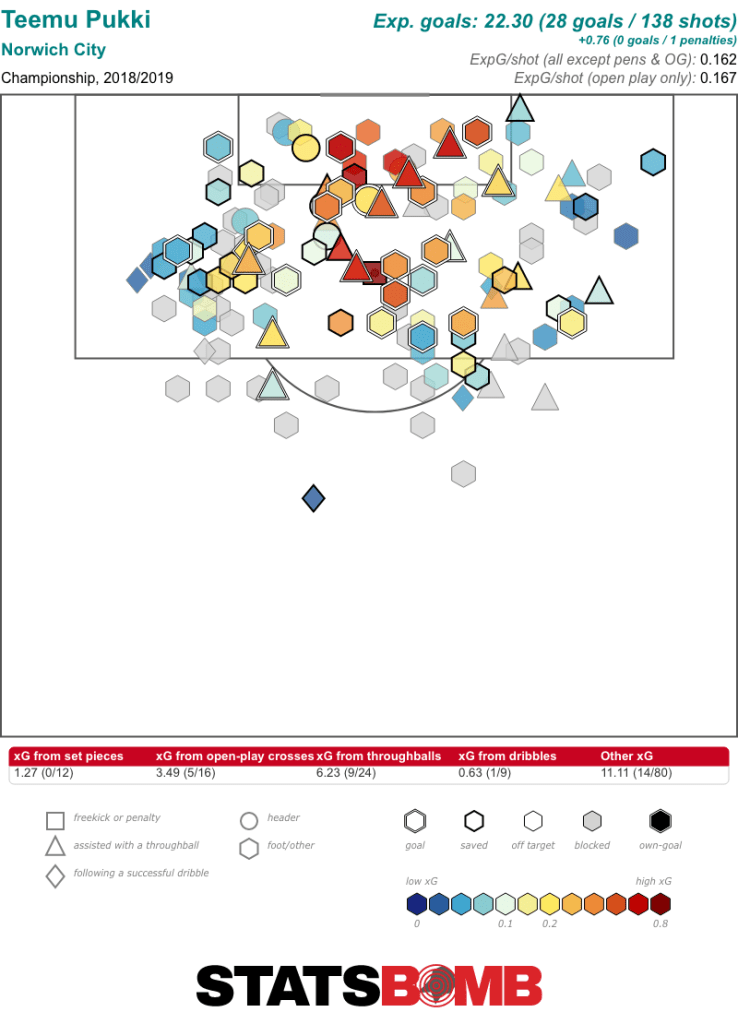
Norwich’s matches have been the most action-packed in the Championship, seeing an average of 3.27 goals. Their two-goal-a-match attack has been coupled to a defensive unit that has conceded over a goal per match on average. In the context of the Championship, their defensive record is okay. Their xG conceded per match stands at a league third-best 0.96 per match, and while they don’t do a particularly good job of suppressing shots (conceding 12.36, ninth best in the league), those they do concede are generally of low quality (0.08 xG/shot conceded, second best in the league).
As the below defensive activity map shows, they mix a mid-to-low block with spells of higher pressing. While they aren’t quite as crazily disruptive as Marcelo Bielsa’s Leeds, who only allow 5.48 opposition passes per defensive action, Norwich still rank third in the Championship by that measure, allowing 7.86 passes per defensive action.
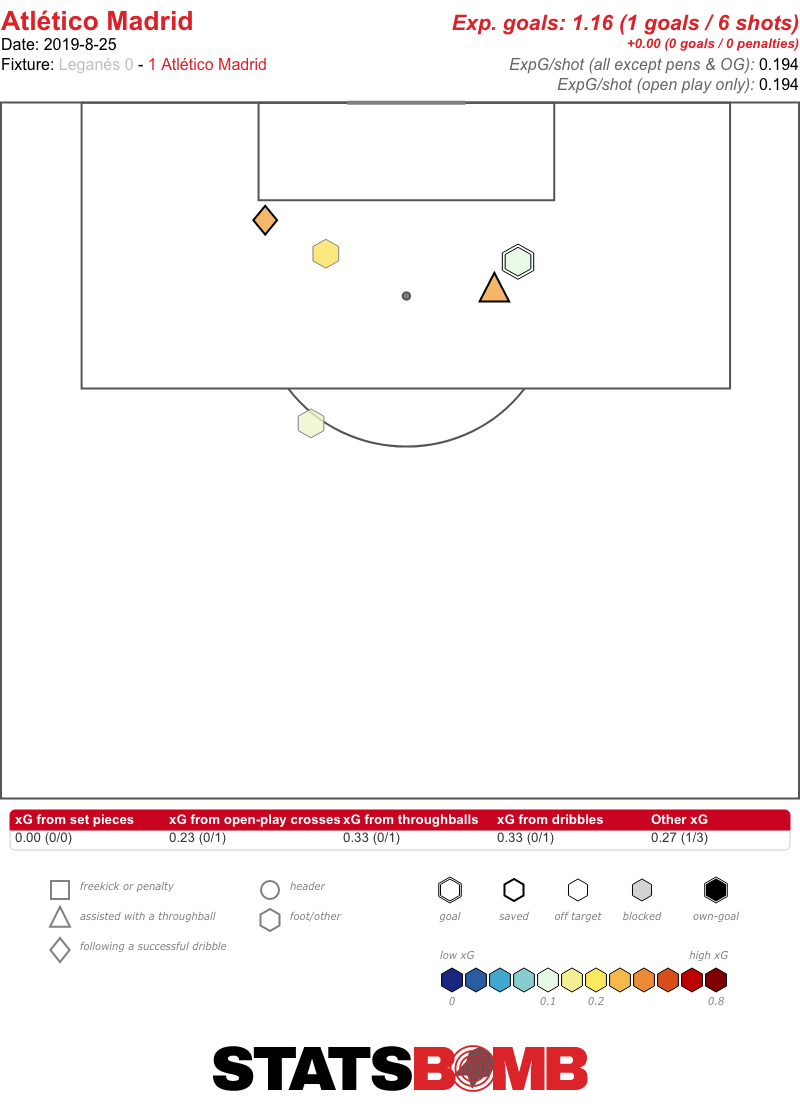
Norwich are a decent defensive team, but not without their flaws. The lack of mobility down the central spine is particularly notable, leaving them open to being rather too easily bypassed. The aforementioned win over Leeds in February provided a good example of that. While Norwich prevailed, Leeds created a shooting opportunity almost every time they moved forward during the opening 30 minutes. None of them were even one in 10 chances, but this is still not exactly a series of shots you’d like to be giving up within such a short period.
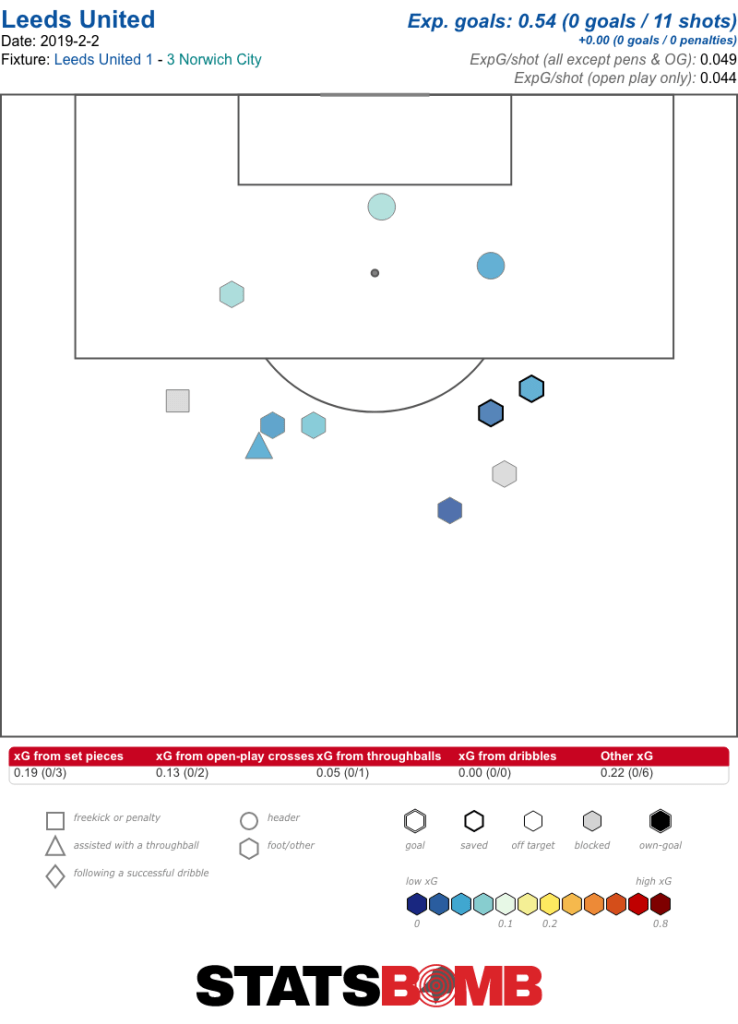
Later, Kemar Roofe was also able to waltz straight through from kick-off and get off a decent effort on goal.
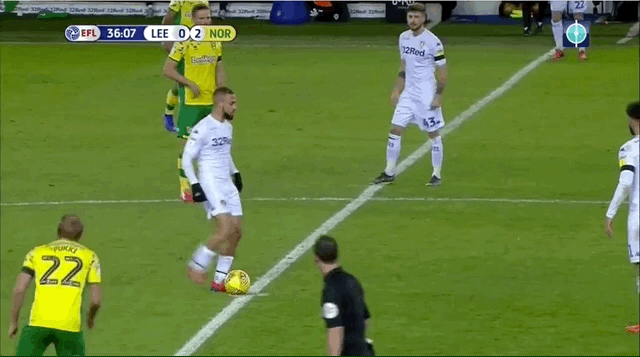
Going up a level, with goals likely to prove harder to come by, that sort of openness will be punished more frequently. One would think that a dynamic midfielder or two would be a priority for the club this summer.
In general, it will be interesting to see how Norwich deal with the step up to the Premier League, especially as Webster has indicated that they don’t have the financial leeway to invest as heavily as some may expect them to. “We have to ignore all the noise and all the experts telling us how much we need to spend,” he said recently. “We have to look at the model of Fulham, who spent £100 million and unfortunately for them, it’s not gone great.”
Norwich have a group of good young players who have received significant minutes this season. Classy central defender Ben Godfrey (21) and good all-round full-backs Max Aarons (19) and Jamal Lewis (21) have been regulars, as has Buendía. They are all players who could be backed to move up a level and develop their games further.
But Norwich will also have to hope that a lot of players in their mid-to-late twenties and beyond, many of whom have never received regular playing time in a big-five league, can also meet the challenge. This is the most prolific the 29-year-old Pukki has ever been over a decent number of minutes; it is far from a perfect measure of performance, but based on TransferMarkt data, midfielder Mario Vrancic, their most creative and incisive passer, was a negative contributor on a points per match basis in each of his three full seasons (one at Paderborn, two at Darmstadt) in the Bundesliga; the feeling persists that they have plenty of good, well-coached role players who might not necessarily be apt for the top flight.
Norwich have reaped the rewards of putting a clear plan in place and seeing it through. If they believe in their approach and the potential for development within the current squad (bolstered by a few shrewd pickups), it makes little sense to make wholesale changes this summer, especially if doing so would further endanger them financially. The way they’ve played and the results they’ve achieved this season have been reward enough for the work put in to date. Next, an even bigger challenge awaits.
Header image courtesy of the Press Association
